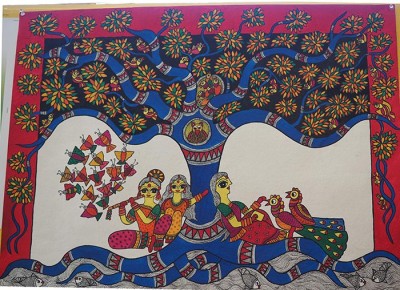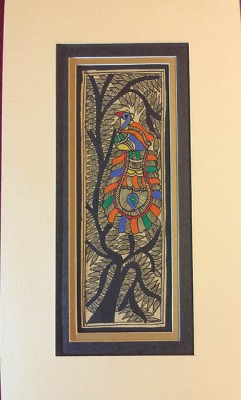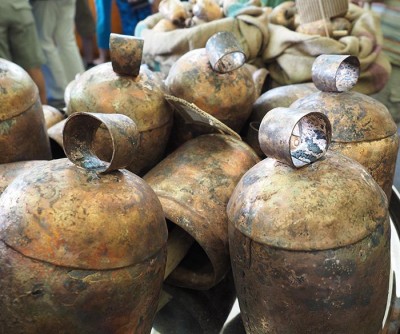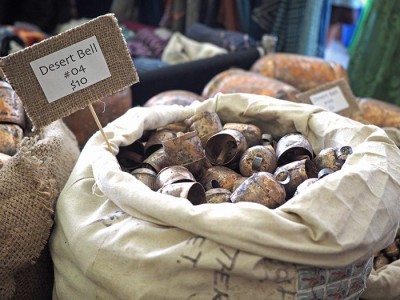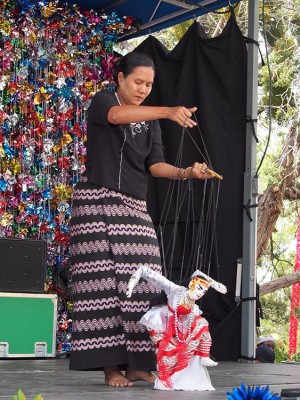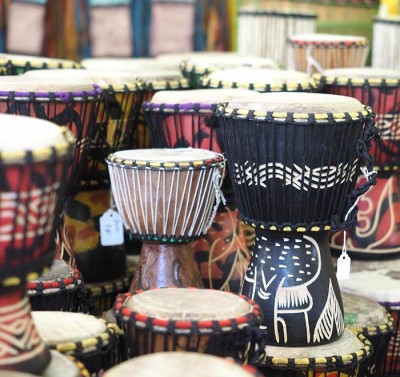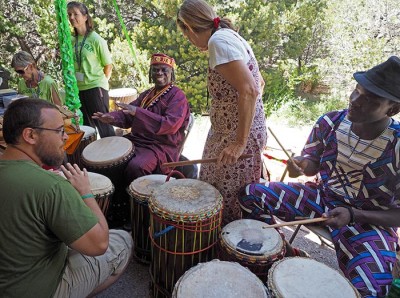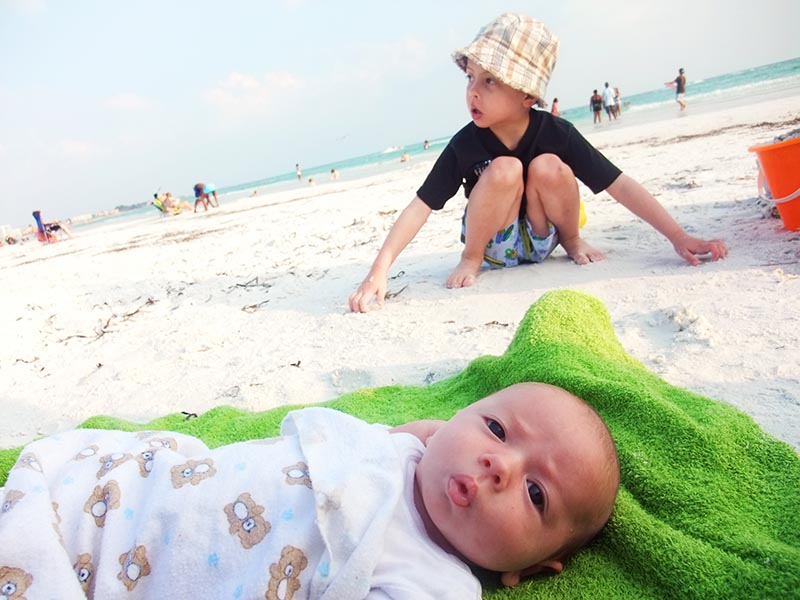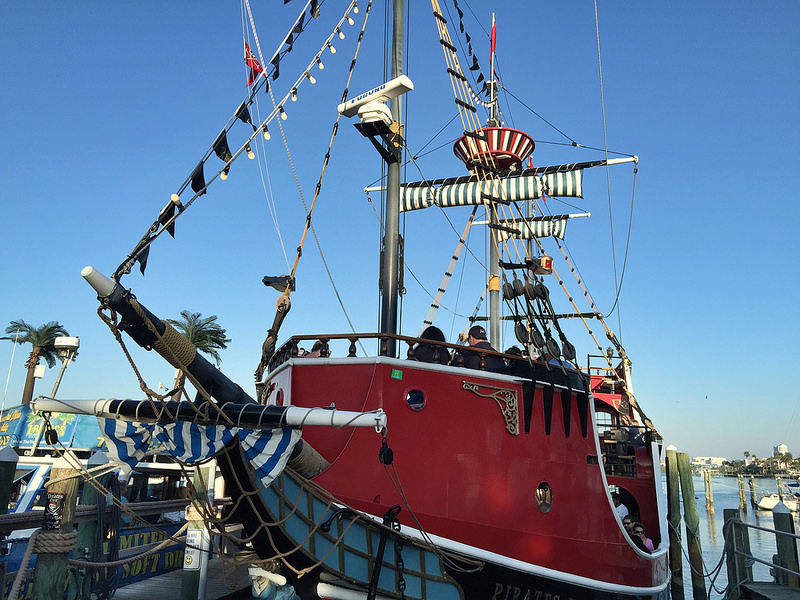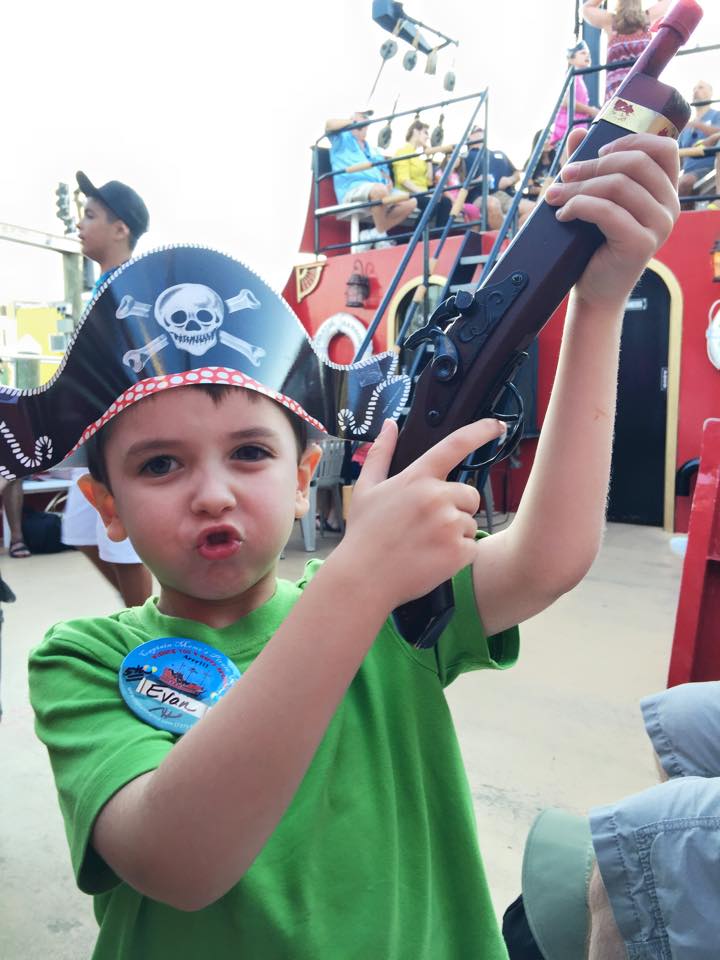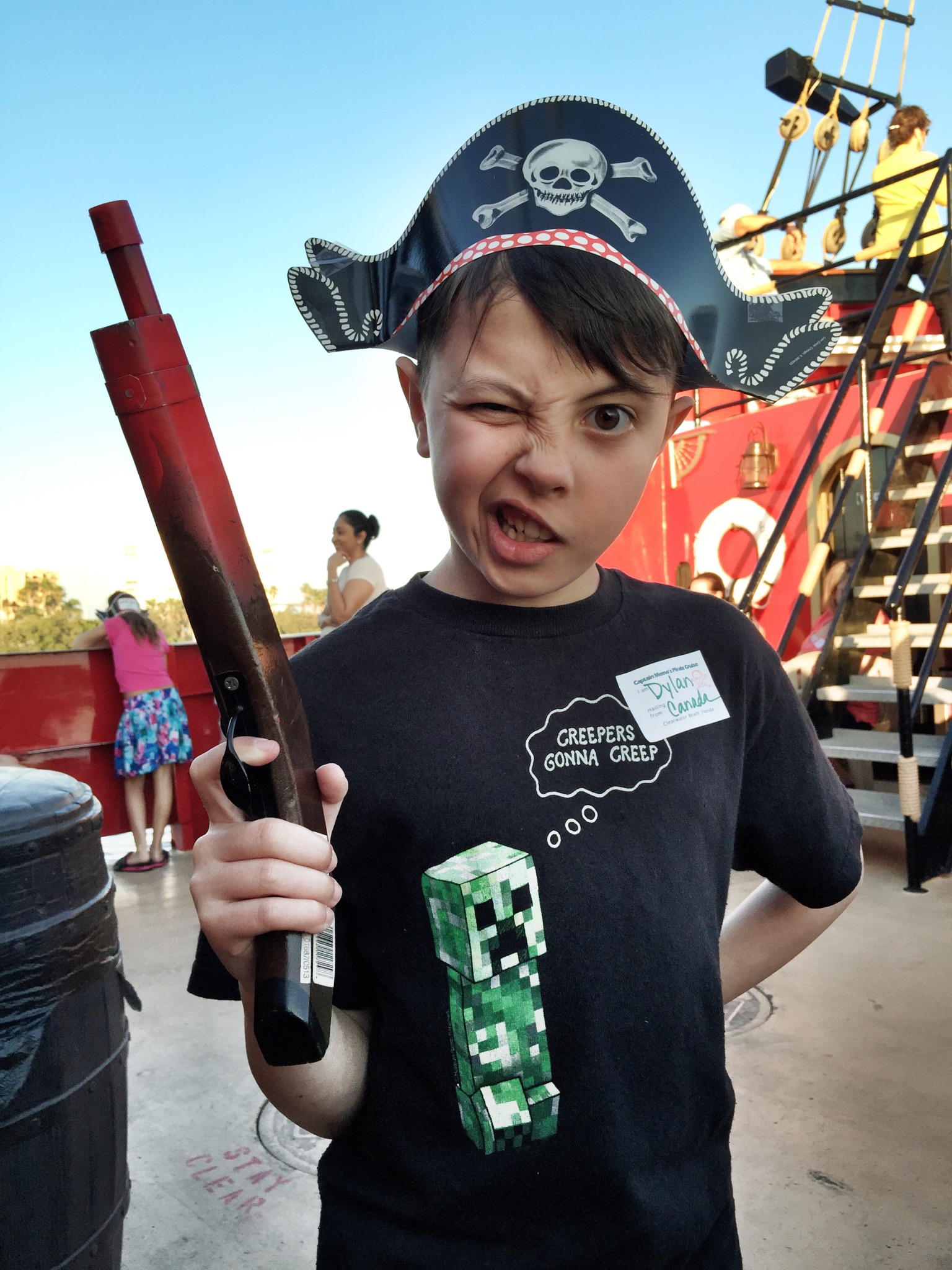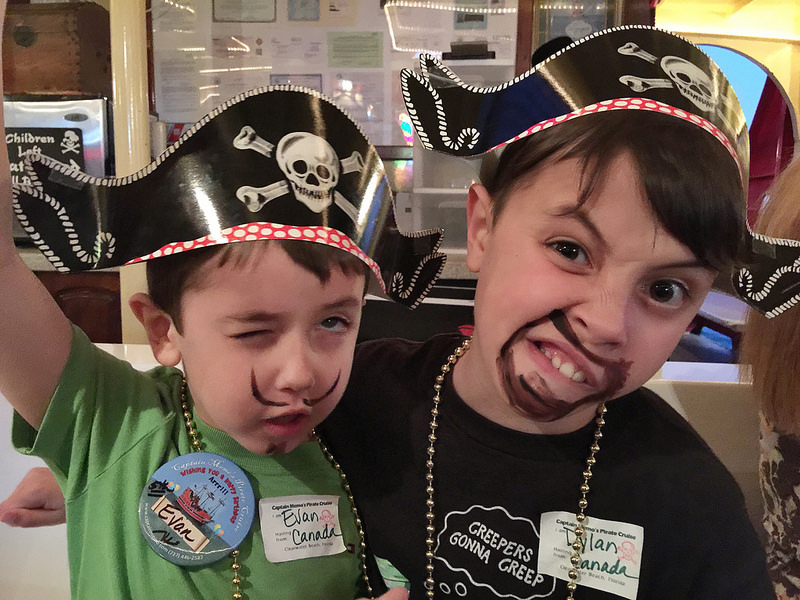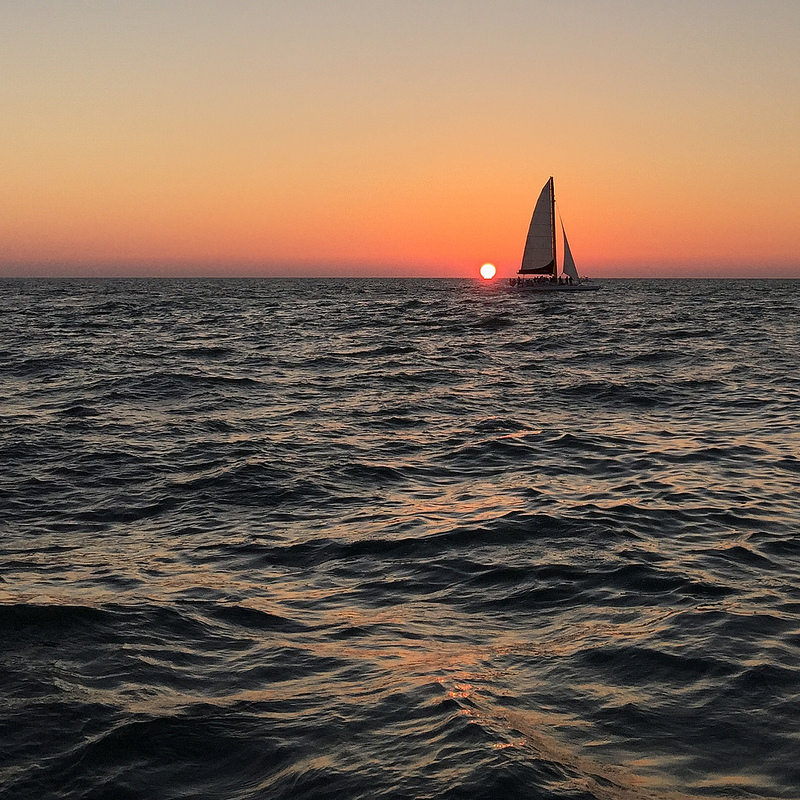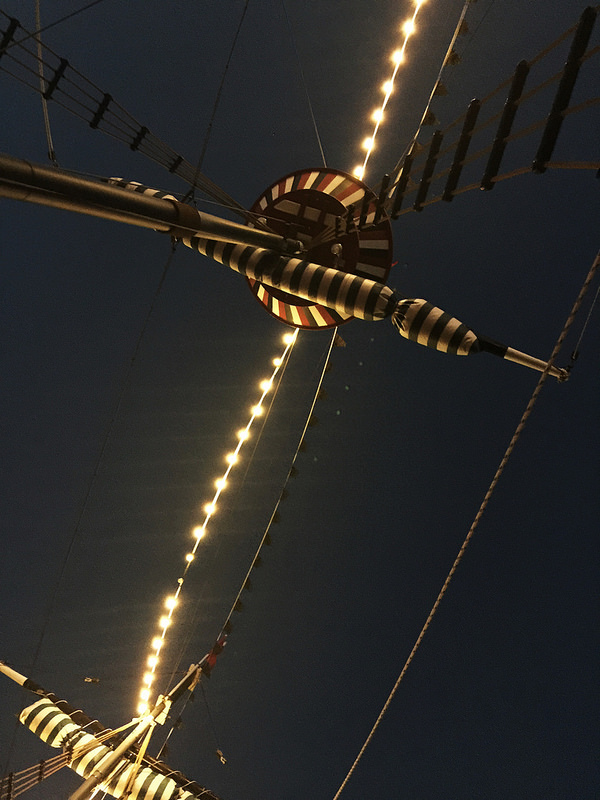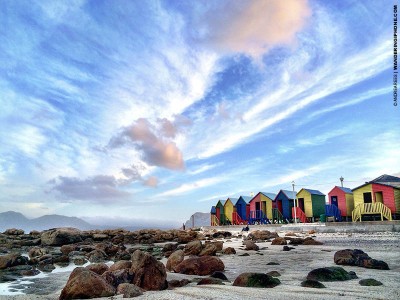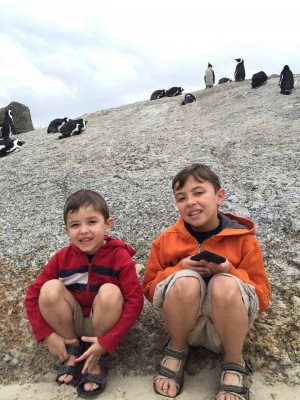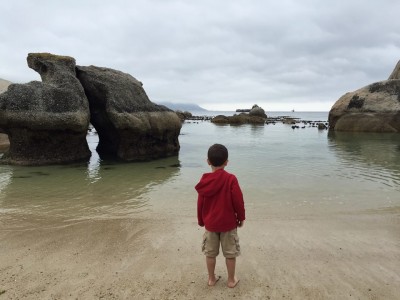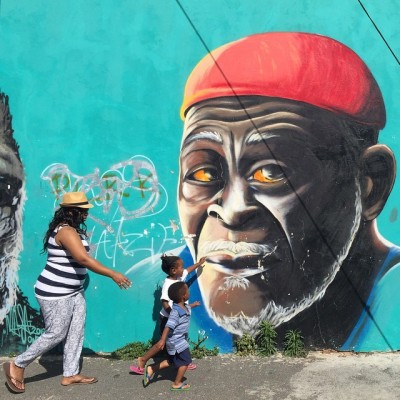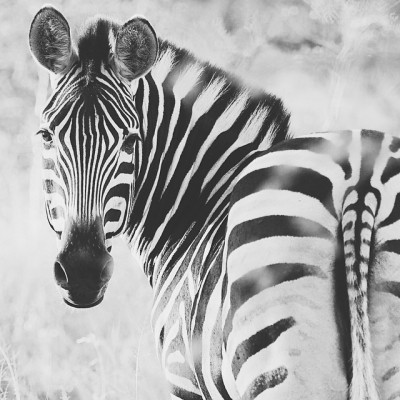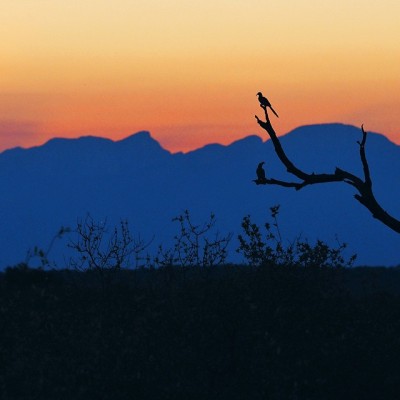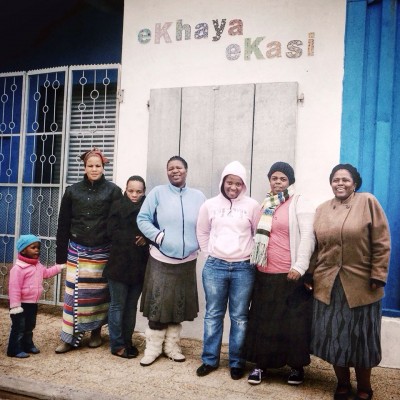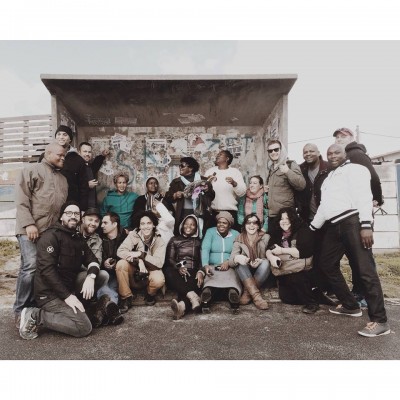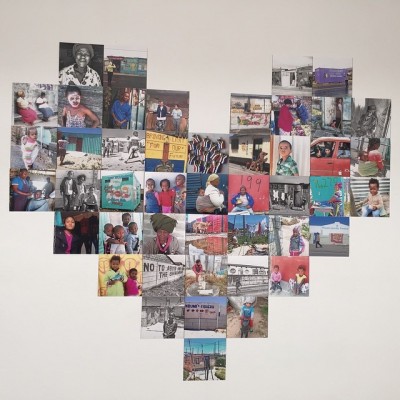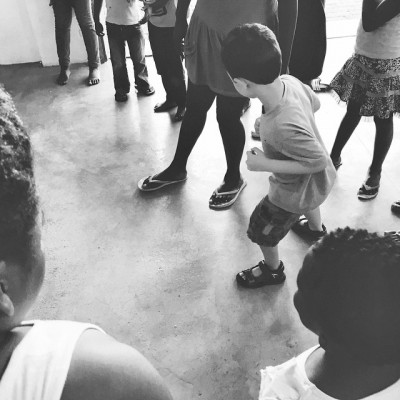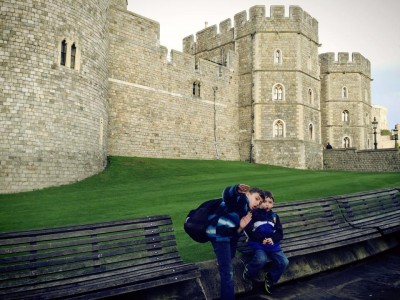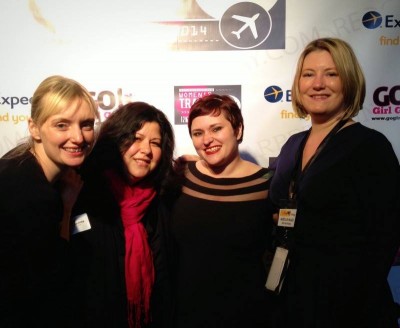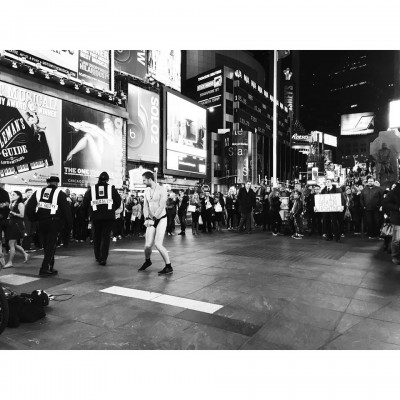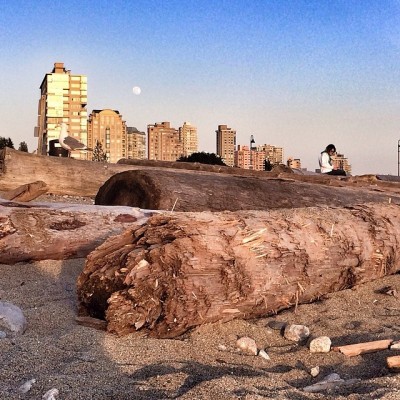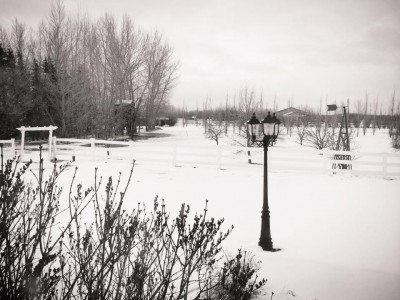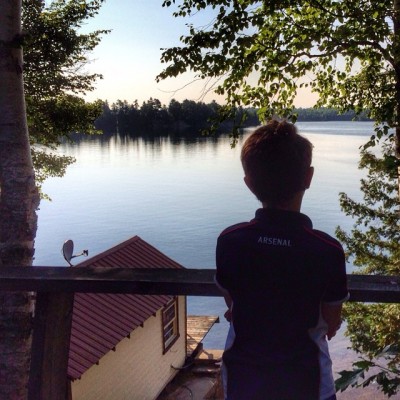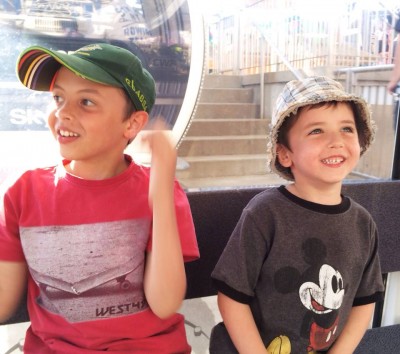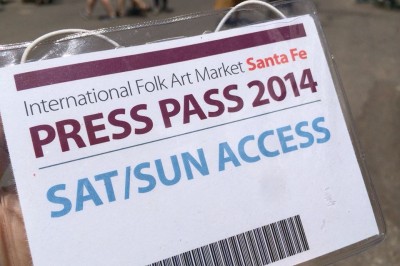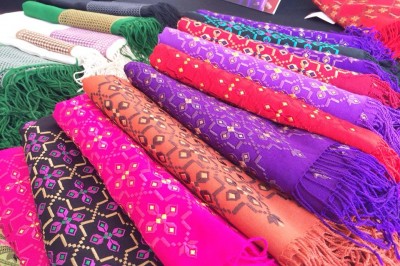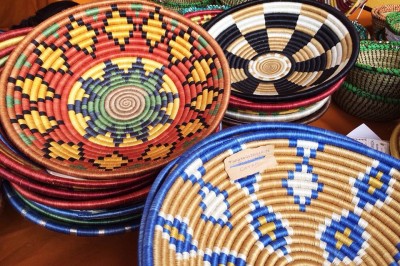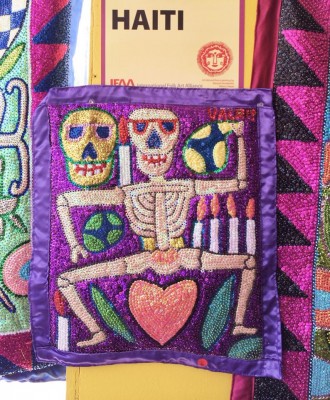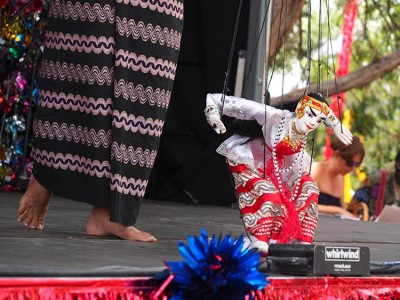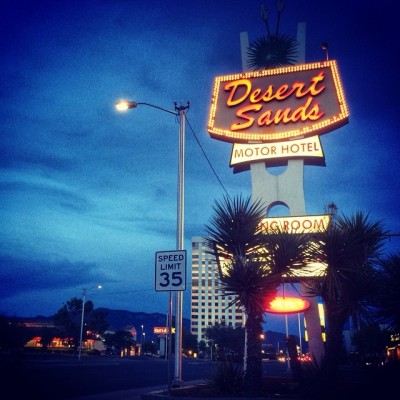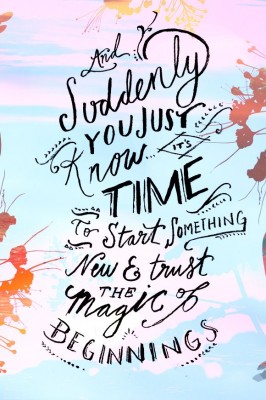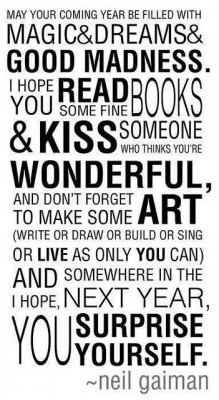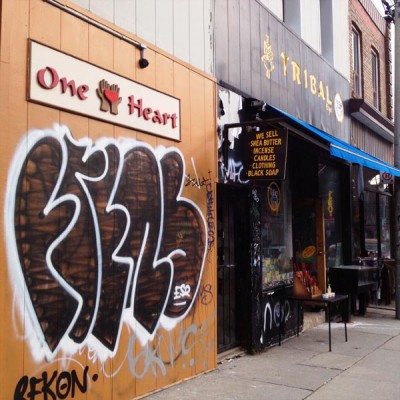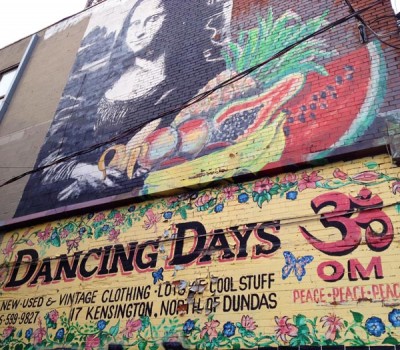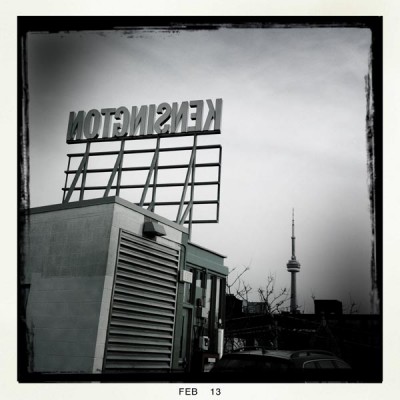Unity Through Art and Culture in Santa Fe, New Mexico
I am drawn to learning about the world’s cultures. It is the reason I travel and attend events that focus on art, music and dance. I believe artists and performers are the keepers of traditions, stories, cultural beliefs and the identity of a people.
The Folk Art Alliance brings this together beautifully as they play host to the International Folk Art Market in Santa Fe, New Mexico. In one weekend in July, you meet artists from around the world and learn about their art and culture. It is also an opportunity to make a difference with your purchase. In 2015 there were 173 artists from 57 countries represented at this truly international market.
Mariano’s Tree of Life yarn painting (pictured below) was chosen as the theme image for this year’s market. I had a chance to speak with his son Cilau about this piece.
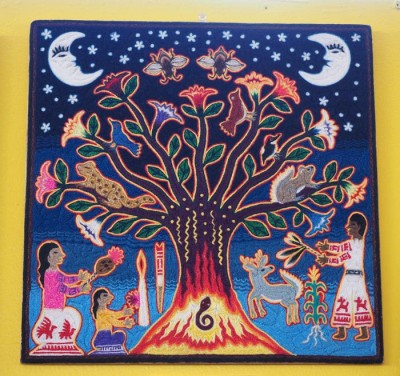
“On the left side we have the feminine side, on the right side we have the masculine side they represent the balance of the opposites and how it always takes two opposite forces to create life. In this case it’s a girl that’s also following the traditional path. When we see the tree, representing the tree of life and its abundance, it’s abundance is represented through the different living creatures that are living on the tree. Small things such as the bees are important because the bees are a metaphor of ourselves, the bees are hard-working animals, they live in community and they are the caretakers of the queen bee. In our case, we work really hard in the corn fields, we live in community and we are the caretakers of Mother Earth as if it was the queen bee. When we see the moon, the moon is the biggest feminine figure, the fire represents the masculine figure, again two opposite forces that unite and create life. The ones that are in the hands of the male represents the prayer wand that is used for healing physically and spiritually, but also for channelling the healing energy. This is mainly to honour life and it’s duality.” – Cilau Valedez
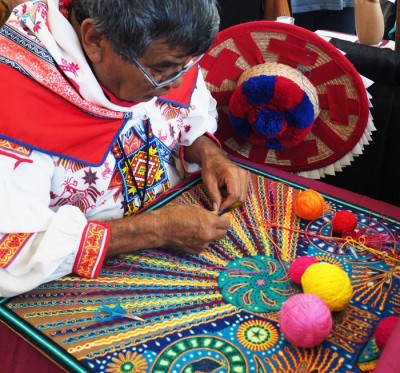
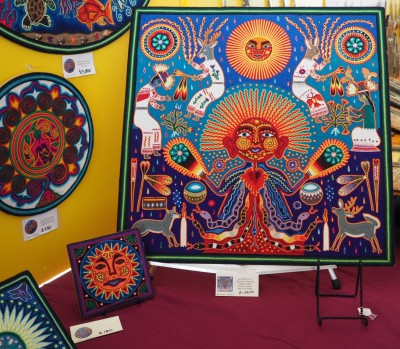
I noticed the art of Manisha Mishra and was particularly drawn to her Tree of Life paintings. When I was in India in February, I met an artist whom I commissioned to create a Gond art painting of the Tree of Life and animals I had seen on my visit to India. Manisha’s paintings reminded me of it, so I stopped to chat with her about her work and purchased a tree of life with a peacock. Manisha is a Madhubani painter from Behar in North eastern India.
I’m not sure what it is about the Tree of Life that I love, maybe it is the fact that it is an important symbol in many cultures around the world. I wear a pendant of one around my neck and it has become a part of my logo.
Here’s what Manisha says about the piece I purchased, pictured below:
“This painting is showing the peacock on the tree of life, the peacock is a symbol of love and we say that all your wishes come true under the tree of life. In our tradition we get married to the tree before getting married to the groom. So we say that the tree takes on all the bad omens so you live happily ever after. That is a Hindu philosophy” – Manisha Mishra
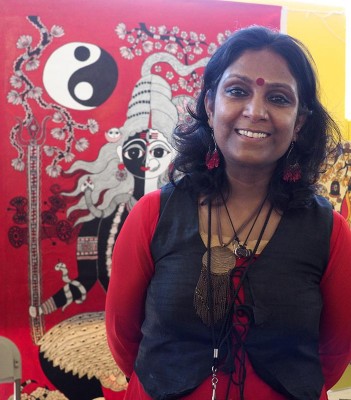
Wandering the market, I came across these forged-metal cow bells made by Janmamad Salemamad Luhar of India. Knowing that every piece at the market is handcrafted, I was intrigued to find out a bit more about them. I learned that each bell has its own unique sound and that cows were outfitted with them so their owners would find them again just by recognizing the sound. This is an ancient art in Janmamad’s community.
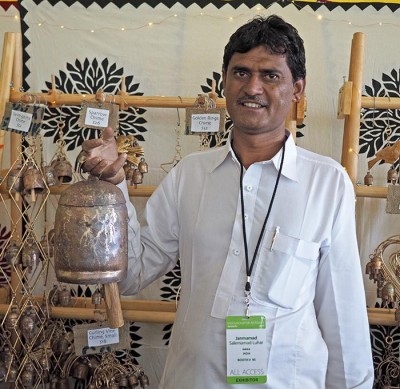
Being from Canada, I was happy to see the Indigenous culture in Canada represented at the market. I met up with Haida artist Gwaii Edenshaw of Haida Gwaii and learned about his art. Haida Gwaii is an archipelago on the North coast of British Columbia and is made up of about 150 islands.
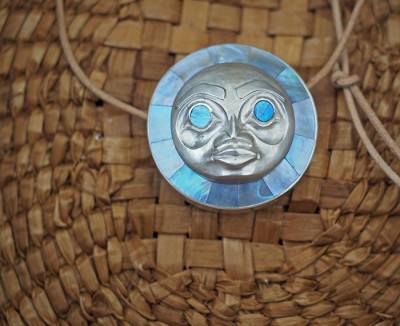
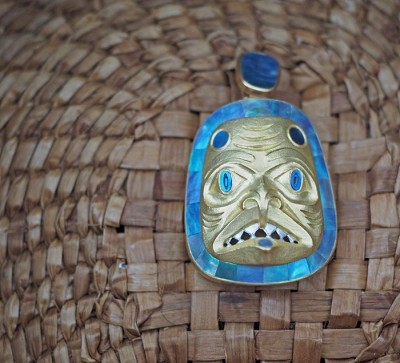
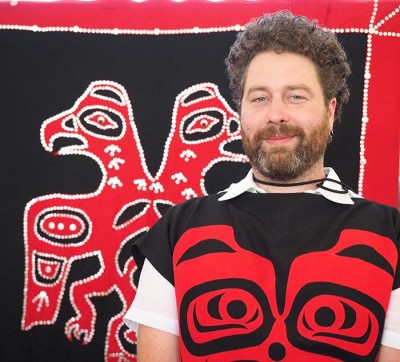
With my 2nd visit to the market and with many of the artists returning, it’s also reunion of sorts. I was happy to see Khin Maung Htwe of Myanmar again. I wrote about his puppetry after the market last year. If it wasn’t for the market, I may not have known about a 600 year old tradition and his puppet theatre in Yangon. I can’t wait to attend a performance when I visit my paternal ancestral home of Myanmar in Yangon this October.
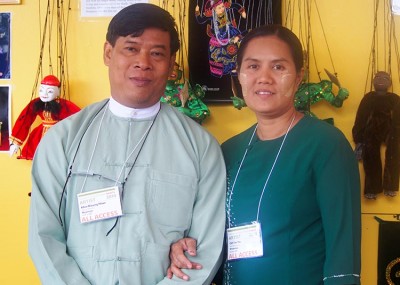
I followed the sound of the djembe, a drum that originated in West Africa and came upon a booth of Nigerian drummer, Akeem Ayanniyi. I was reminded of his performance on the market stage last year. It was wonderful to see people joining in and making music together with the drums at his booth.
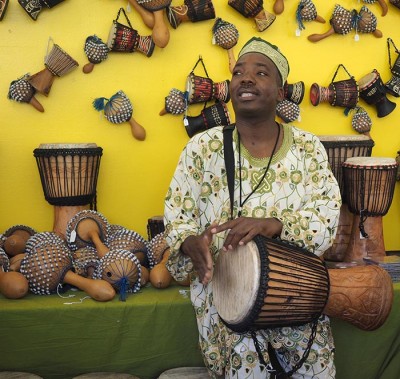
I couldn’t help but feel like I was travelling the world as I saw a diverse display of folk art and heard a myriad of languages spoken. When I hear languages from around the world especially ones I recognize from places I’ve travelled to, it brings me back to those places like India, Cuba and Morocco.
I was especially happy to see returning artists from South Africa Xolile Ndlovu and my dear friend Lulama Sihlabeni. If you knew me, you would know about my special connection to this beautiful country and people that began with a chance visit to eKhaya eKasi Art & Education Centre in Khayelitsha in December 2012. It has since deepened through 4 more visits to South Africa and by spending time with the women of eKhaya eKasi after starting a mobile photography program there. Hearing isiXhosa in a place I didn’t expect to hear it brought me right back to my times spent in Khayelitsha.
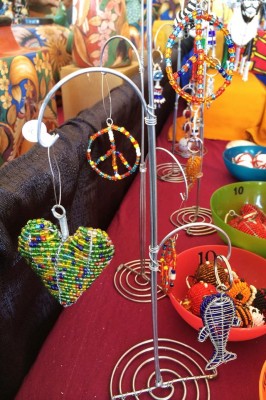
Nowhere else in the world can you experience this under one ‘roof’, the Santa Fe sky. If you are ever in Santa Fe in July, make it a point to attend. It is truly one of a kind market that unites people through art.

